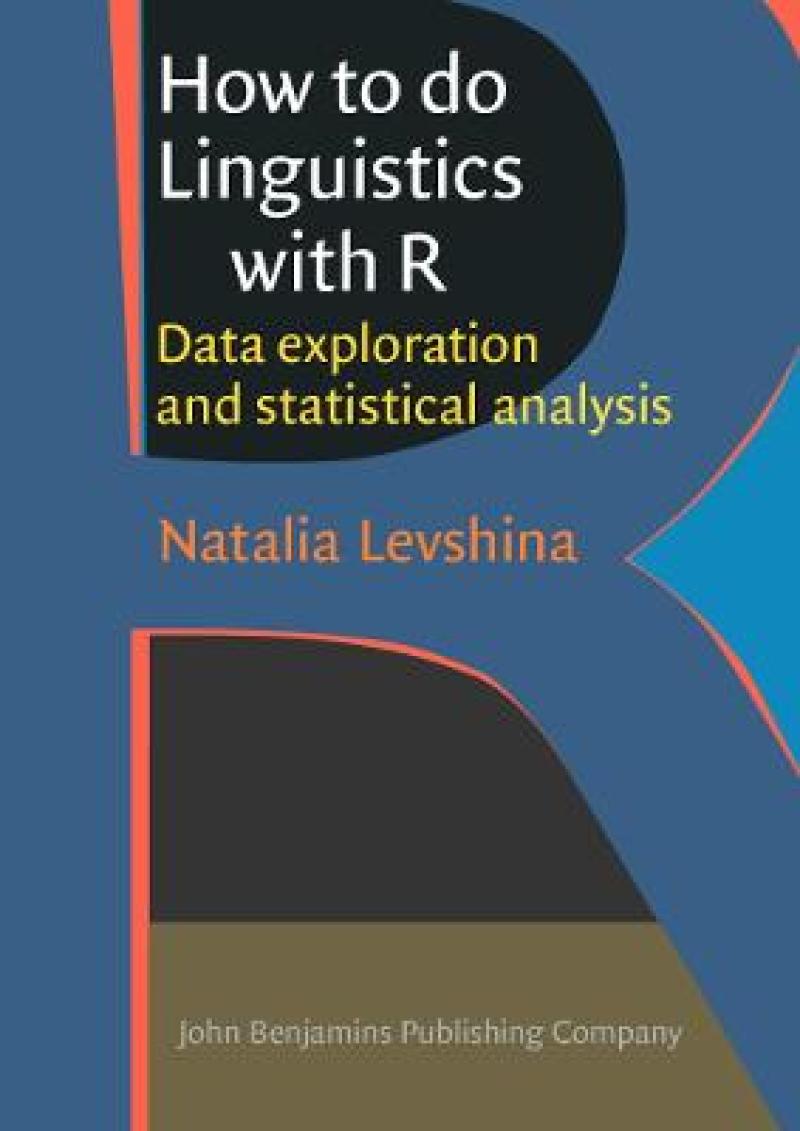Levshina’s book achieves something few other books on doing linguistics with R have achieved. She has written a book that makes sense even for novice users of R and for linguists not accustomed to statistical computing. Levshina writes in a pedagogically sensitive style, in friendly language, and with just the right amount of explanatory prose to lead the reader to insightful analyses. Taken together, the chapters introduce the reader to a sparkling variety of statistical methods. Best of all, from the point of view of linguists, real *linguistic *problems take centre stage throughout the book– the statistical methods are the means to answer intriguing linguistic questions, not an end in themselves.
- John Newman, University of Alberta,
This is a fantastic textbook: extremely comprehensive (the book surveys almost all major analysis technique used in the linguistic literature – from descriptive statistics over regression analysis to semantic vector space modeling), well-written, and with a much appreciated emphasis on good data visualization. Both beginning and more experienced quantitative linguists will find this book an invaluable resource.
- Benedikt Szmrecsanyi, University of Leuven,
This book has a companion website: http://doi.org/10.1075/z.195.website
